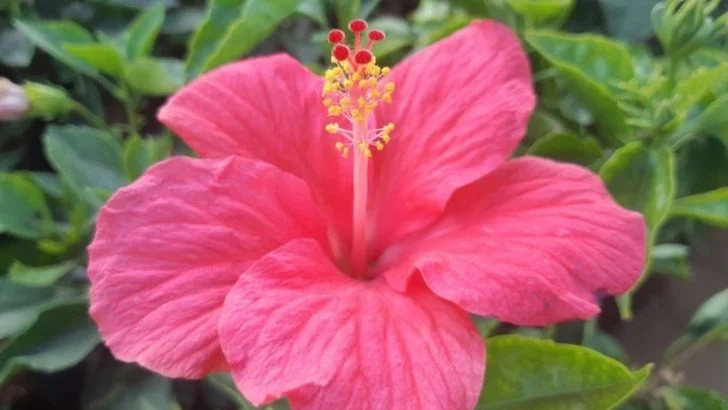Florida’s humid summers can be a challenge for gardeners, but there’s a silver lining – heat-loving flowers. These vibrant plants are built to thrive in the sweltering heat and will reward you with continuous blooms throughout the summer months. If you’re looking to add a pop of color to your Florida garden, you need flowers that can handle both the intense sun and the humidity that comes with the territory.
In this article, we’ll introduce you to 16 heat-loving flowers that will bloom nonstop in Florida’s summer heat. From perennials to annuals, these beauties will stand strong against the high temperatures and humidity, adding vibrant color and texture to your landscape all season long. Whether you’re planting in full sun or partial shade, these flowers will brighten your garden and require minimal maintenance to keep them blooming throughout the season.
Hibiscus
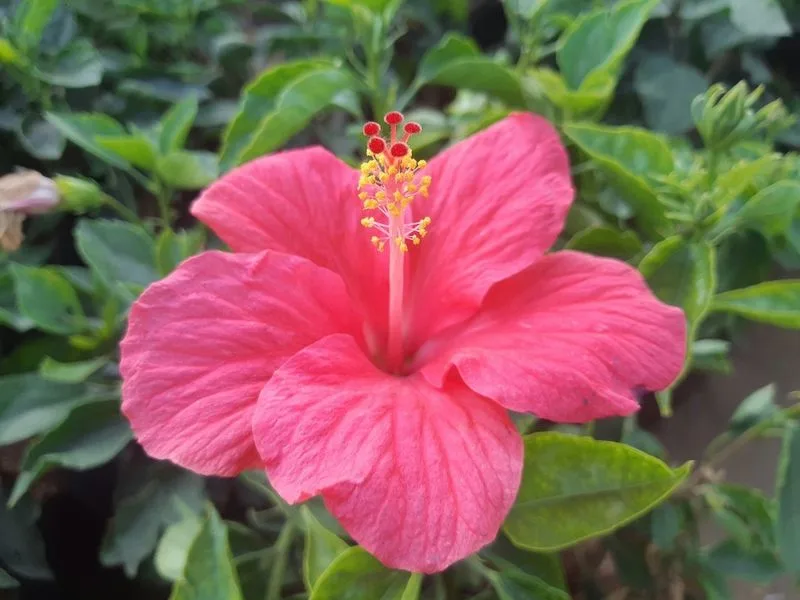
A quintessential tropical beauty, hibiscus blossoms lure with their fiery reds and oranges. These bold colors dazzle in the sun, making every garden look like a paradise. Hibiscus thrives in Florida’s warm weather, inviting bees and butterflies with its sweet nectar.
With blooms that last throughout the summer, they add a continuous splash of color. The glossy green leaves create a lush backdrop, enhancing the flowers’ appeal. Plant hibiscus in well-drained soil for best results. Companion plants like lantana can complement the vivid hues.
Did you know hibiscus tea is popular worldwide? It’s a delightful cultural symbol.
Bougainvillea
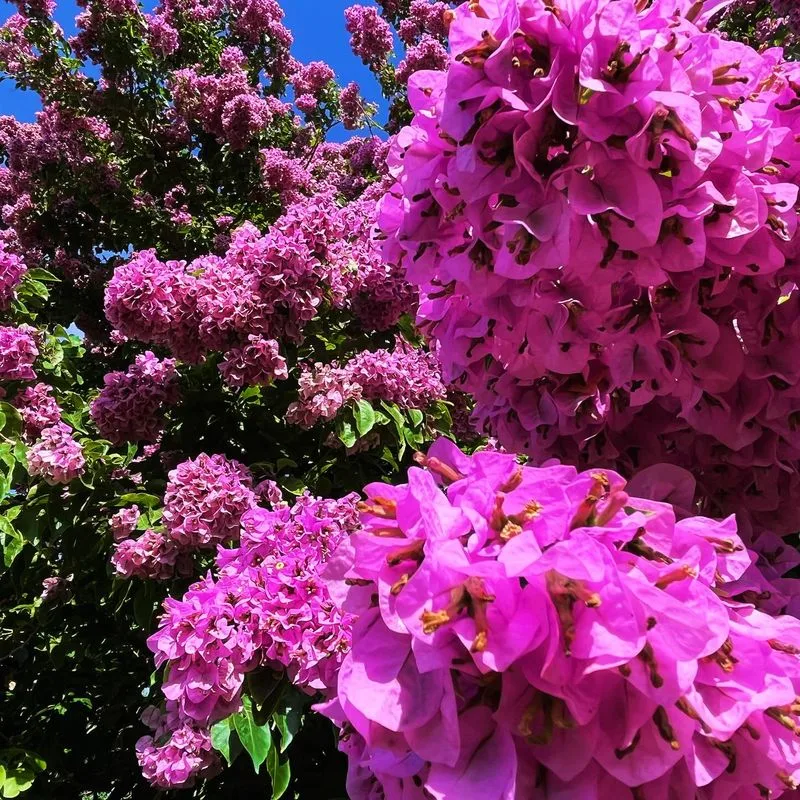
These vibrant vines are a staple in many Florida landscapes. With its striking magenta, purple, and red bracts, bougainvillea commands attention. It’s known for its vigorous growth, easily covering fences and trellises.
This plant thrives in full sunlight, perfect for Florida’s climate. Bougainvillea’s drought tolerance makes it a low-maintenance choice. Pruning helps maintain its shape, allowing for creative garden designs.
Watch for thorns, though; they’re part of its defense mechanism. An interesting fact: despite appearances, the colorful parts aren’t petals, they’re modified leaves!
Plumeria
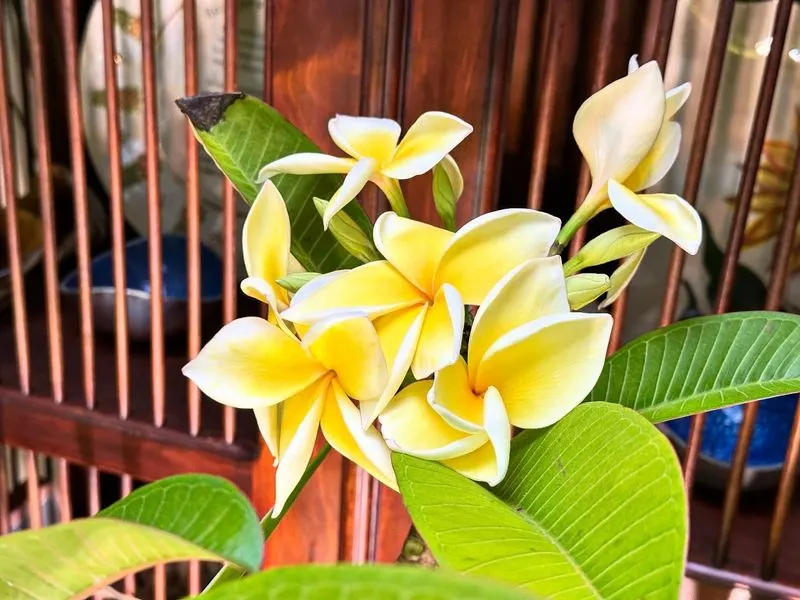
Famous for their intoxicating fragrance, plumerias are a tropical delight. These flowers are often used in Hawaiian leis, symbolizing positivity. In Florida, plumerias flourish, offering a sweet scent throughout the garden.
Their star-shaped flowers come in soft pinks, whites, and yellows. They prefer sunny spots and well-drained soil. Plumerias are drought-tolerant, making them ideal for Florida’s summers.
One fun fact: plumeria sap is sticky and milky, so handle with care! With a little attention, these blooms bring exotic charm to your home.
Lantana
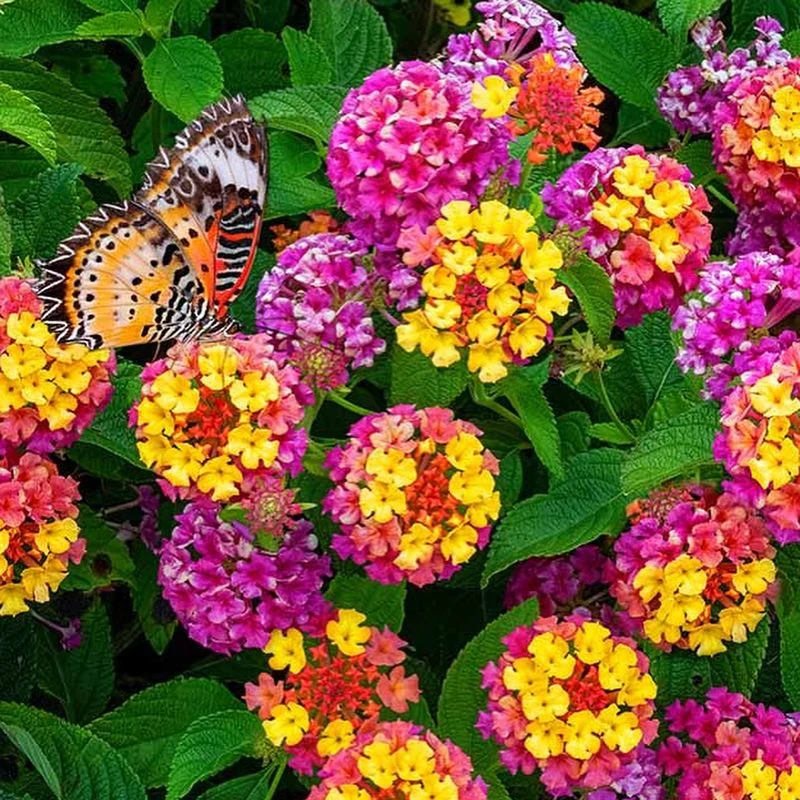
Lantana’s colorful clusters are impossible to ignore. These hardy plants come in sunny yellows, oranges, and reds, which are a magnet for butterflies. Lantanas are perfect for adding a pop of color to any garden.
They thrive in Florida’s heat and require minimal attention. Once established, they’re drought-resistant and can flourish in less-than-ideal soil. Regular pruning encourages more blooms throughout the season.
Be cautious: some lantana species can be invasive. Interestingly, their flowers change color as they age, providing a dynamic display.
Vinca
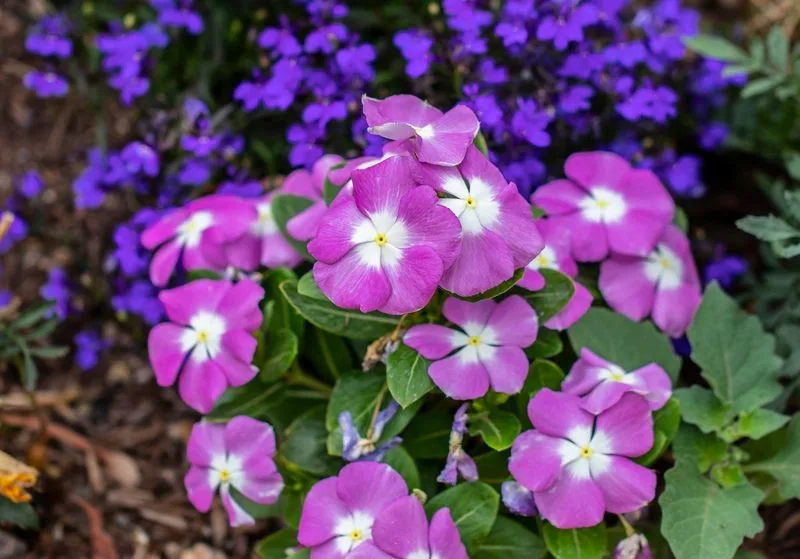
With a reputation for resilience, vinca, or periwinkle, adds subtle beauty with its soft pinks and whites. These flowers are synonymous with endurance, surviving Florida’s hottest spells.
Vinca thrives in full sunlight and can handle dry conditions well. Its low-growing nature makes it ideal for borders and ground cover. Water sparingly to prevent root rot.
A fun tidbit: vinca is often used in traditional medicine. Its ability to combat harsh conditions is a testament to its tenacity, making it a beloved choice for many gardeners.
Zinnia
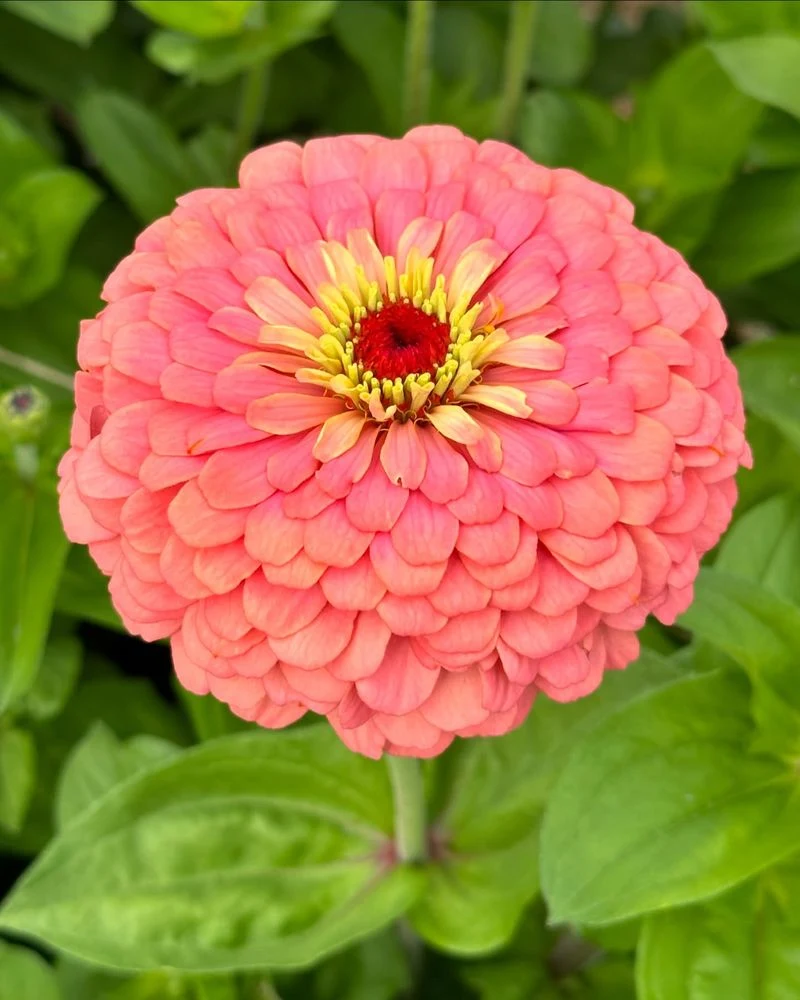
Zinnias are the unsung heroes of summer gardens. Bursting with color, these flowers are available in a spectrum from fiery reds to sunny yellows. Their daisy-like appearance brings a playful touch to any landscape.
Zinnias love the heat and flourish under the Florida sun. They’re easy to grow, requiring only occasional watering. These blooms are perfect for attracting pollinators, turning your garden into a buzzing paradise.
Fun fact: Zinnias are native to Mexico and Central America, making them well-suited to tropical climates. Their resilience is truly inspiring.
Marigold
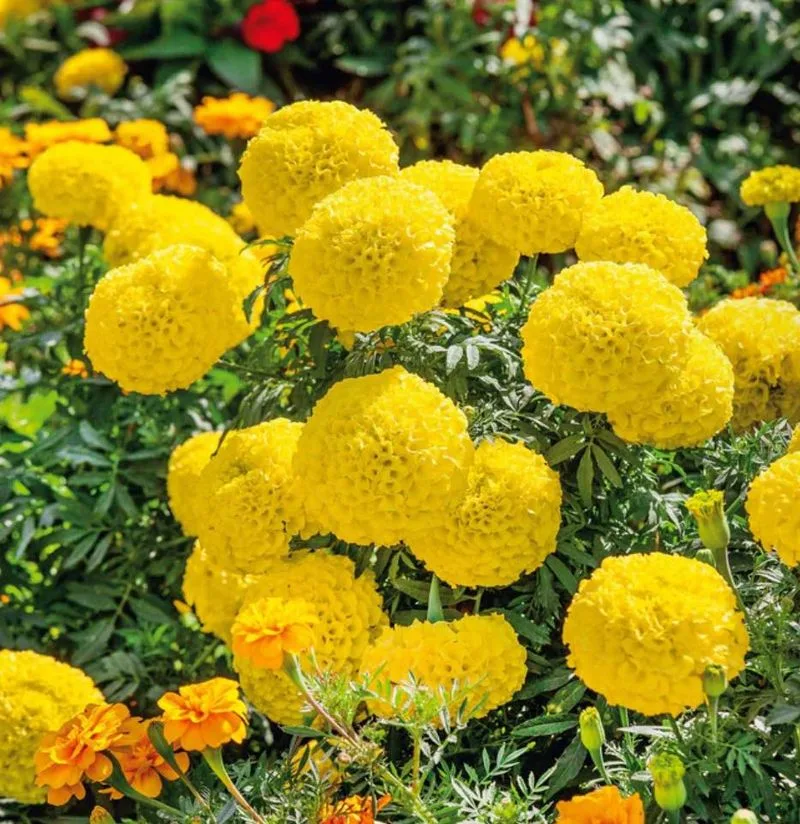
Marigolds shine with a golden brilliance that can brighten any garden. Their rich yellows and oranges exude warmth and are known to repel pests, making them great companions for vegetable gardens.
Under the Florida sun, marigolds bloom continuously, requiring minimal care. Simply provide well-drained soil and occasional watering. Their distinctive scent is both earthy and fresh.
Here’s a quirky fact: marigold petals are edible and often used in salads. They symbolize strength and determination, qualities that resonate with many gardeners.
Portulaca
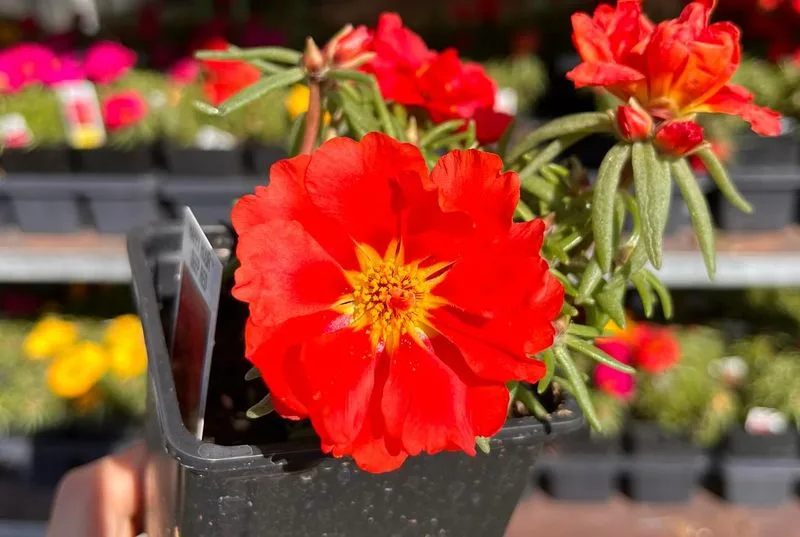
Portulacas, or moss roses, are small but mighty. Their vibrant pinks and yellows are reminiscent of a summer sunset. Known for thriving in sandy soils, they are perfect for Florida’s coastal areas.
These low-growing succulents require little maintenance and are drought-resistant. Their blooms open in the morning sun, closing by evening, adding a dynamic element to gardens.
A fun fact: portulaca flowers are edible, making them a unique addition to salads. Their ability to thrive in harsh conditions makes them a gardener’s favorite in challenging climates.
Canna Lily
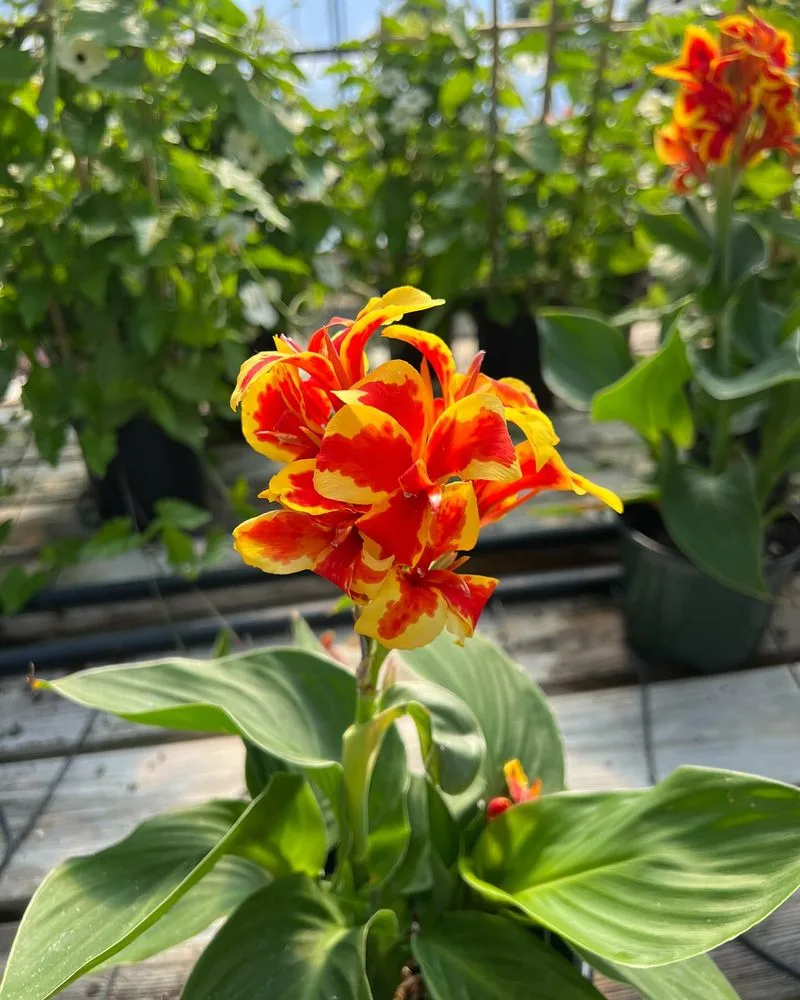
Canna lilies bring a touch of drama with their large, bold blooms. Their bright reds and yellows stand tall, adding height and structure to any garden.
These tropical beauties love the heat and humidity, making Florida their perfect home. Cannas require regular watering and thrive in well-drained soil, rewarding gardeners with continuous blooms.
Did you know? Cannas are not true lilies but are related to bananas and ginger. Their lush leaves and striking flowers make them a showstopper in any landscape.
Mexican Petunia
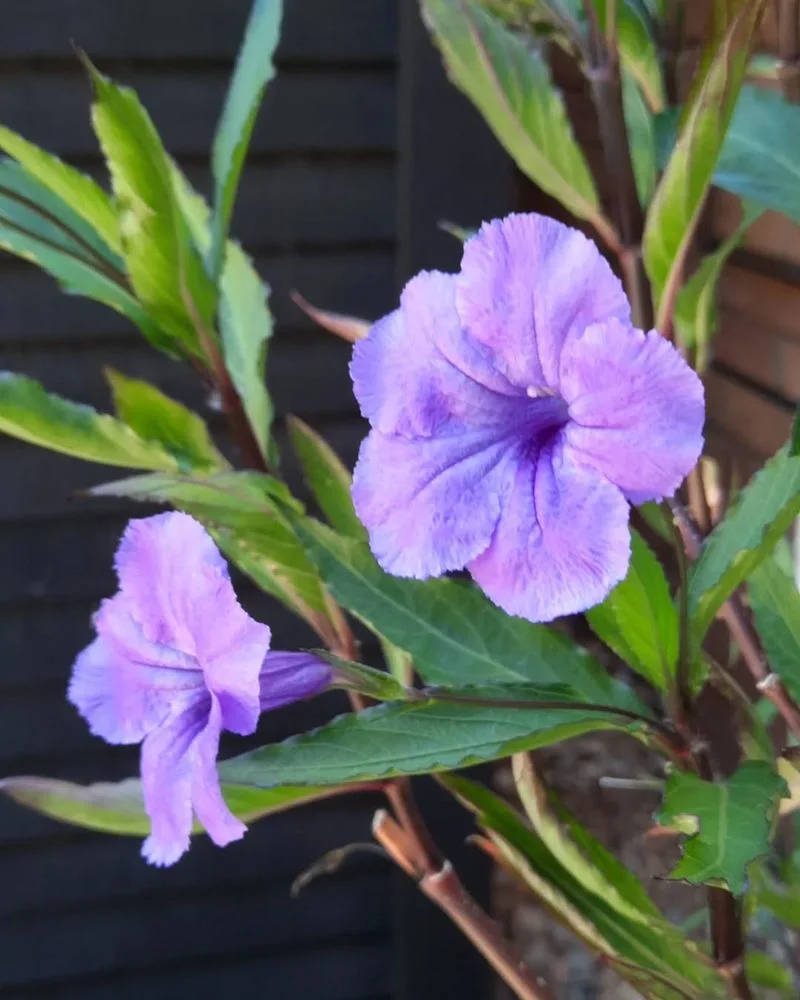
Mexican petunias, or Ruellias, are known for their profusion of purple blooms. These resilient flowers flourish in Florida’s wet and dry areas alike.
Their adaptability is remarkable; whether in full sun or partial shade, they thrive. They do well in less-than-ideal conditions, making them a great choice for novice gardeners.
A fascinating fact: Mexican petunias can be invasive if not managed. Their ability to reseed quickly is both a blessing and a curse, requiring thoughtful placement in gardens.
Salvia
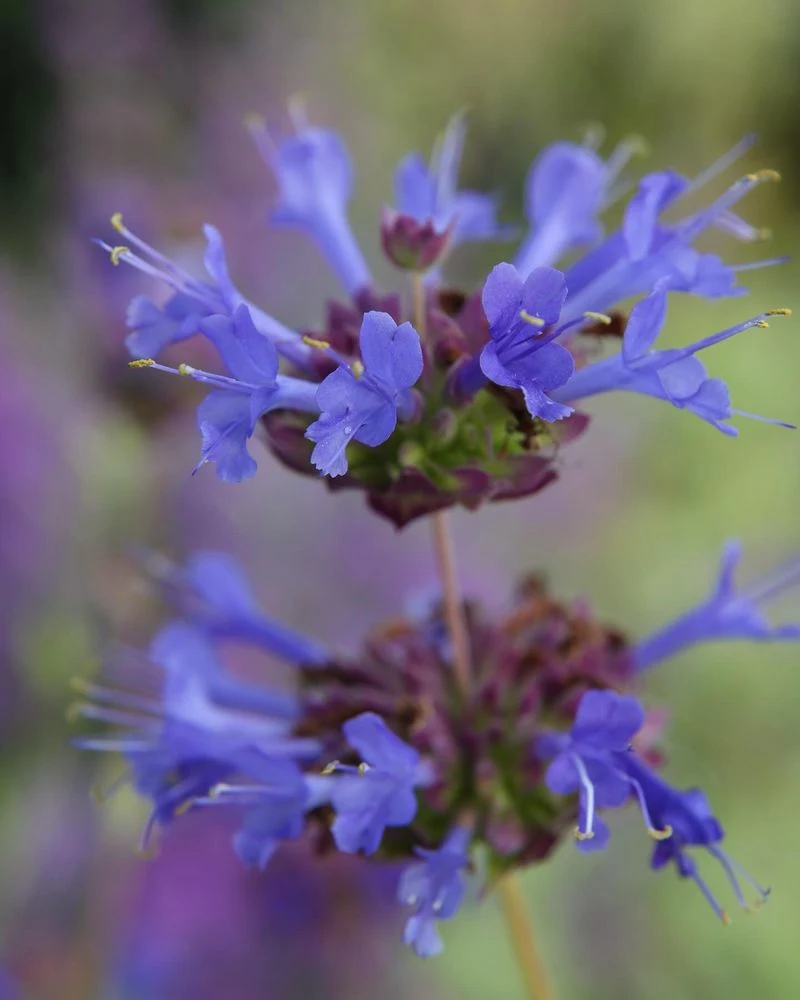
Salvias bring a serene beauty with their deep blues and purples. These flowers are not only visually appealing but also attract hummingbirds and bees, adding life to any garden.
Under the Florida sun, salvias bloom profusely with minimal care. Just plant them in well-drained soil and watch them flourish. Their fragrant foliage adds an extra sensory layer to your garden.
Here’s an interesting tidbit: salvias are part of the mint family, known for their aromatic leaves. Their versatility makes them a gardener’s ally in creating diverse landscapes.
Ixora
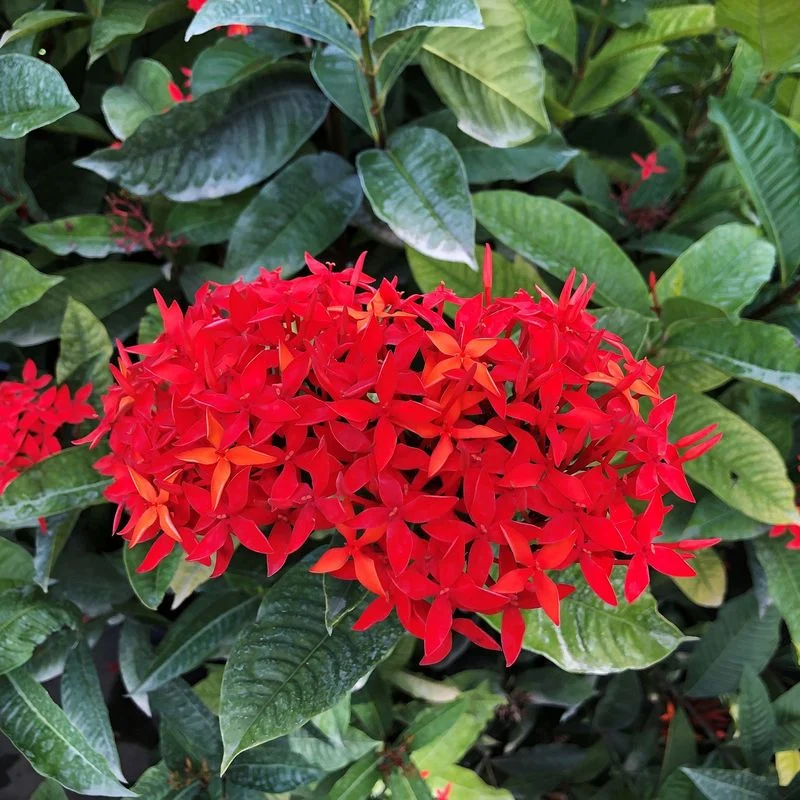
Ixora, with its clusters of tiny tubular flowers, is a classic choice for tropical gardens. Bright reds, oranges, and pinks create a vivid tapestry against glossy green leaves.
These shrubs love the heat and are perfect for Florida’s summers. Plant them in acidic soil for best results. Regular pruning encourages more blooms and helps maintain their shape.
Did you know? Ixora is often associated with Hindu worship, symbolizing passion and vitality. Its vibrant colors and longevity make it a favorite in many cultural gardens.
Pentas
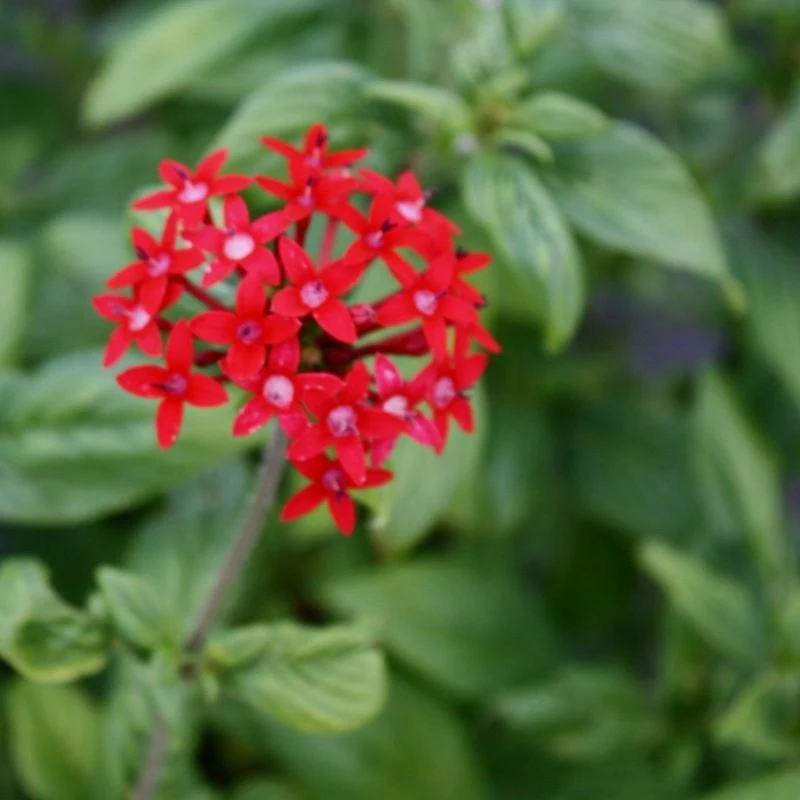
Pentas are starry wonders that invite butterflies into your garden. Their pinks and reds create a vibrant contrast, ensuring they stand out in any setting.
These flowers thrive in Florida’s sun and require only basic care. Plant them in well-drained soil and enjoy their continuous blooms. Pentas are ideal for adding a splash of color to borders and flowerbeds.
A fun fact: pentas are sometimes called “Egyptian star clusters” due to their shape. Their ease of care makes them popular for both new and seasoned gardeners alike.
Coreopsis
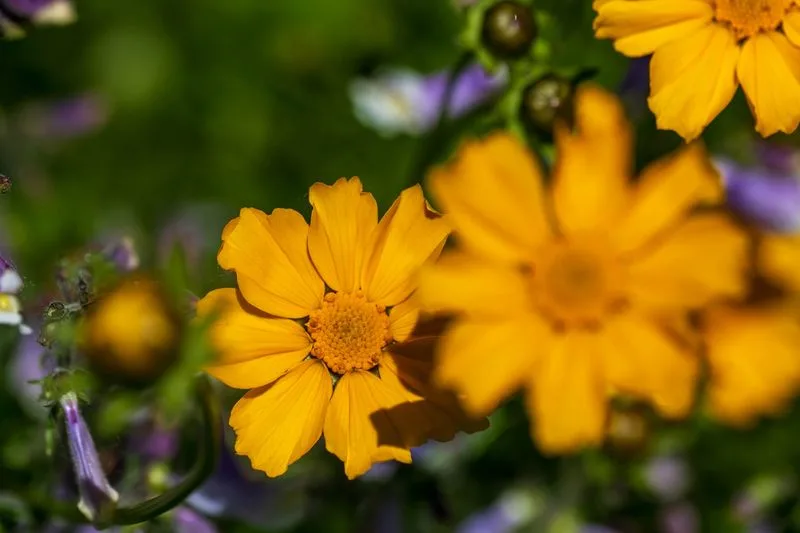
Coreopsis, Florida’s state wildflower, radiates sunshine with its cheerful yellow blooms. These daisy-like flowers thrive in the warm climate, creating a carpet of gold.
They are drought-tolerant and require minimal maintenance, making them perfect for busy gardeners. Plant them in sunny spots for a bright summer display.
Interestingly, coreopsis is often used in wildflower mixes to attract pollinators. Their simplicity and hardiness make them a cherished addition to Florida gardens, offering continuous joy with their relentless blooms.
Butterfly Bush
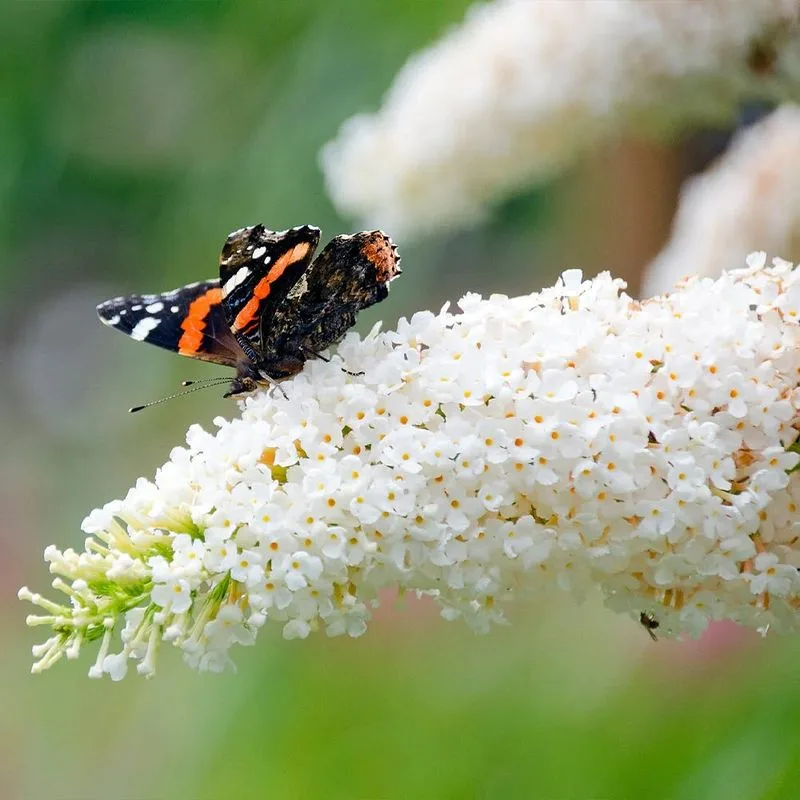
The butterfly bush is a magnet for winged visitors. Its purple clusters are not only visually stunning but serve as a feast for butterflies.
In Florida, these bushes thrive with minimal care. Plant them in sunny, well-drained areas and enjoy the spectacle of nature. Regular pruning keeps them in check, encouraging more blooms.
A fascinating note: the butterfly bush is considered invasive in some areas, so monitoring is key. Despite this, its ability to draw in pollinators makes it a valuable garden addition.
Oleander
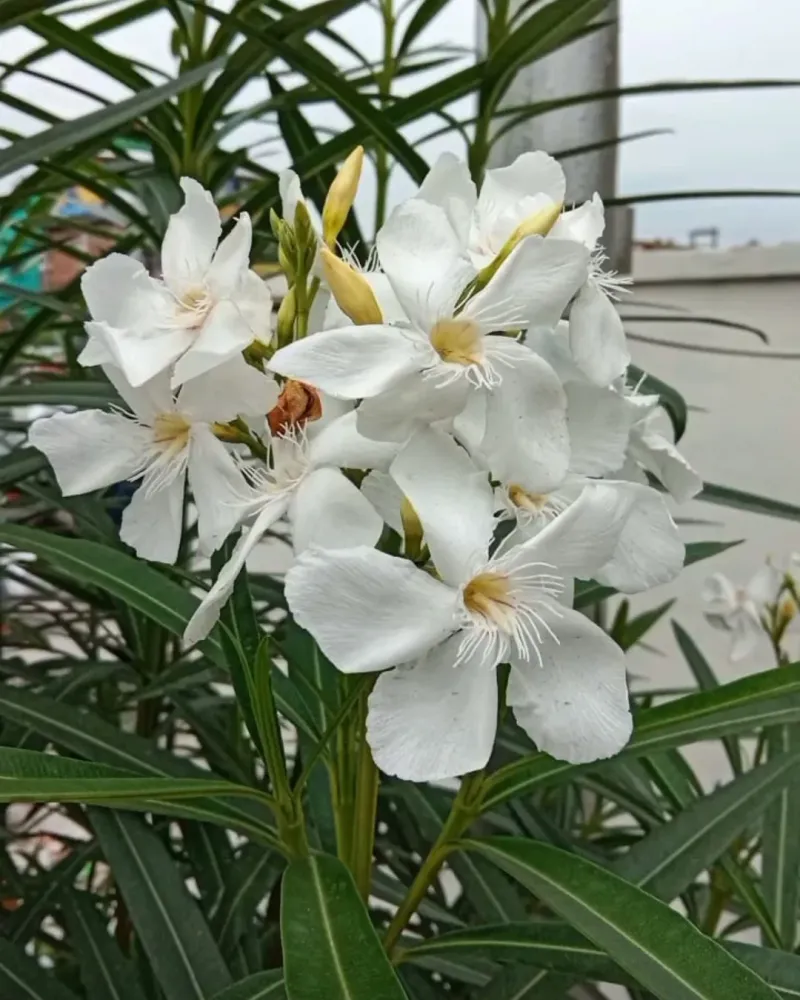
Oleanders embody elegance with their delicate pink and white flowers. Known for their hardiness, they are a staple in Florida coastal gardens.
These shrubs thrive in full sun and tolerate salt, making them ideal for seaside locations. They require little water once established, and their evergreen foliage adds year-round interest.
A cautionary note: oleanders are toxic if ingested. However, their beauty and resilience make them a popular choice for decorative borders and hedges in challenging environments.

